Optimal Seasons for Foundation Repairs
Foundation repairs are most effective when performed during specific seasonal conditions. The optimal time depends on climate, soil type, and weather patterns, which influence the stability and accessibility of the foundation. Proper timing can help ensure the longevity and success of repair projects.
Spring offers moderate temperatures and manageable moisture levels, making it suitable for foundation work. Soil tends to be more stable after winter, reducing the risk of shifting during repairs.
Summer provides longer daylight hours and generally dry weather, but extreme heat can cause soil to expand, potentially affecting repair outcomes. Planning during early summer can be advantageous.
Fall often presents cooler temperatures and less moisture, creating stable conditions for foundation work. However, weather variability requires careful scheduling.
Winter is typically less ideal due to frozen ground and unpredictable weather. Repairs during this period may be delayed or require special considerations.
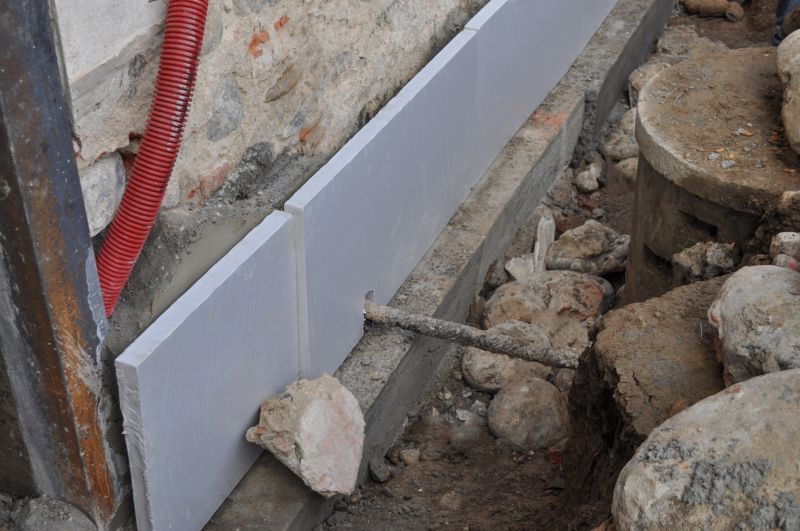
Springtime repairs benefit from stable soil conditions after winter freeze-thaw cycles.
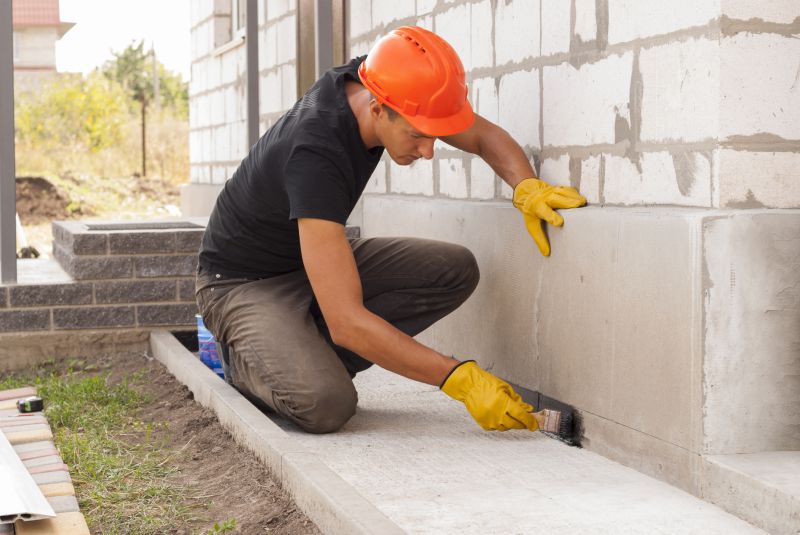
Dry summer weather allows for easier access and less moisture-related issues.
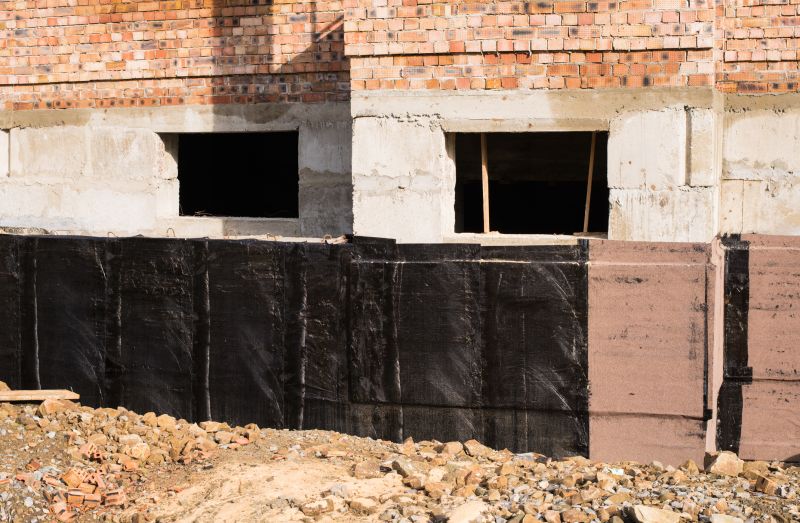
Cooler temperatures and less rain make fall a good season for repairs.
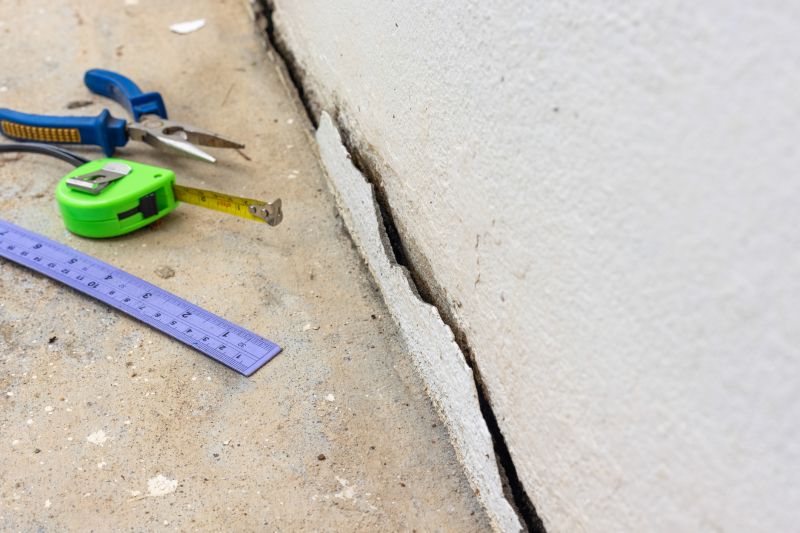
Ways to make Foundation Repairs work in tight or awkward layouts.
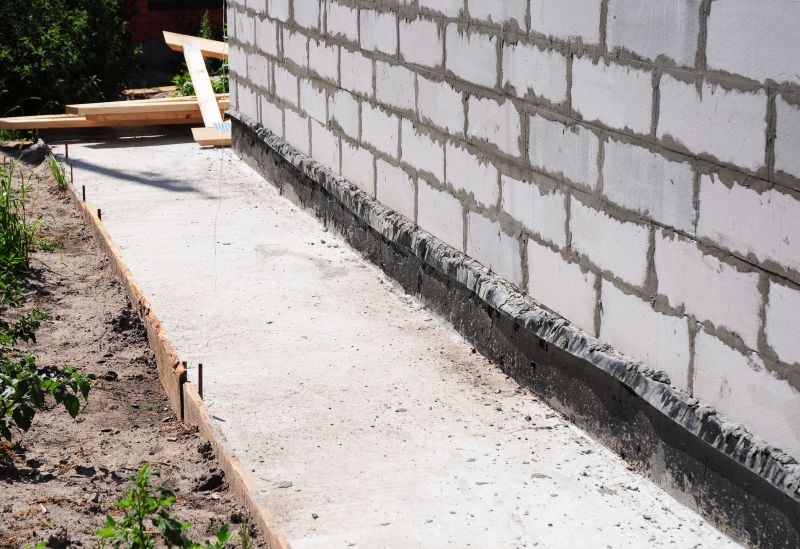
Popular materials for Foundation Repairs and why they hold up over time.
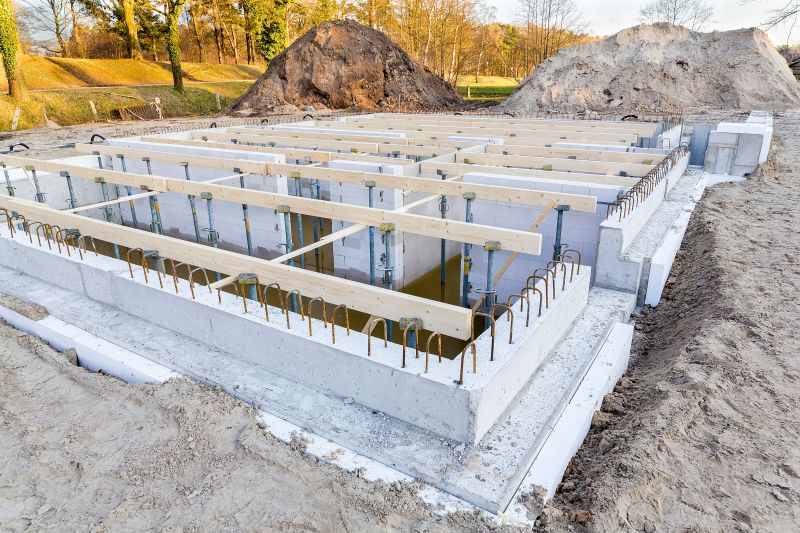
Simple add-ons that improve Foundation Repairs without blowing the budget.
| Season | Ideal Conditions |
|---|---|
| Spring | Moderate temperatures, soil stability after winter |
| Summer | Dry weather, longer days, manageable heat |
| Fall | Cooler temperatures, less moisture |
| Winter | Frozen ground, unpredictable weather |
Foundation repairs involve addressing structural issues caused by soil movement, moisture fluctuations, and aging. Proper timing ensures that repairs are more effective and durable. Seasonal factors such as soil type, weather, and ground moisture levels play a significant role in the success of foundation work. Statistics indicate that performing repairs during optimal conditions can reduce the likelihood of future problems by up to 30%, extending the lifespan of the foundation and maintaining property value.
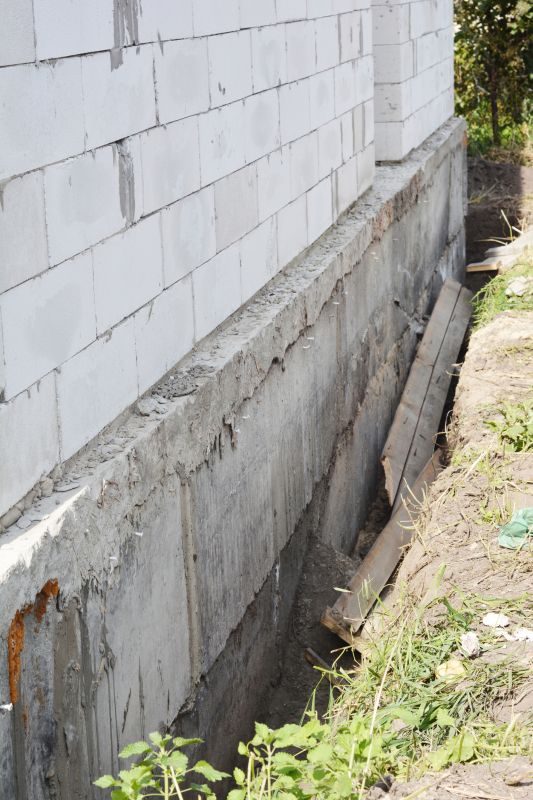
A step-by-step approach to stabilizing and restoring foundations.
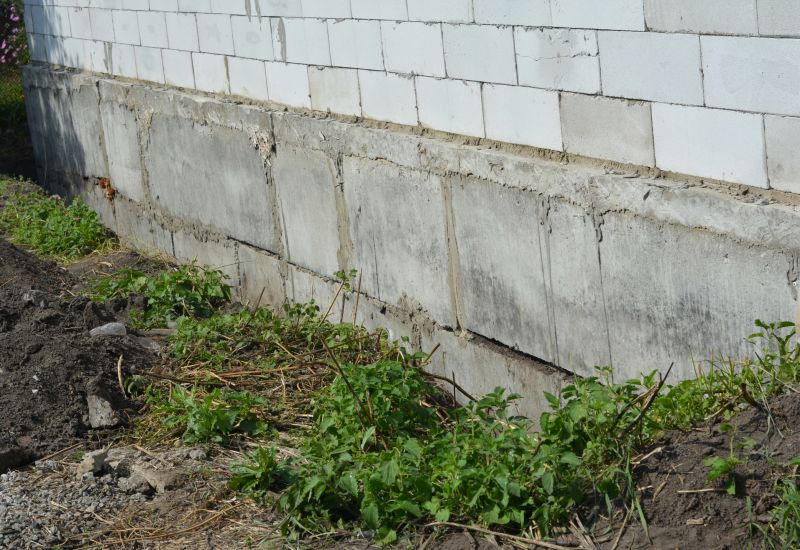
Methods used to improve soil conditions before repairs.
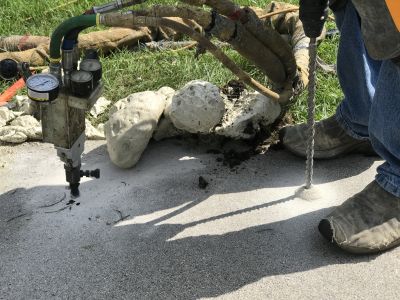
Heavy machinery and tools essential for effective repairs.
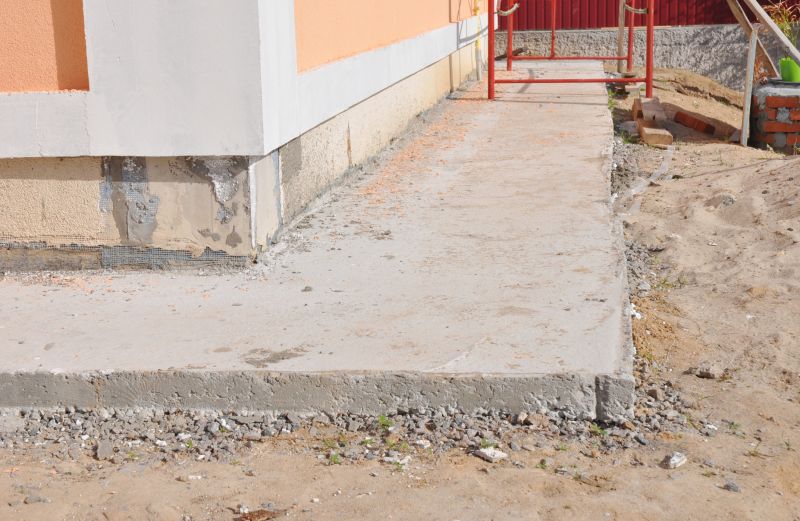
Visual evidence of successful foundation stabilization.
Understanding the best timing for foundation repairs can contribute to more effective and lasting results. Consulting with foundation specialists can help determine the most appropriate season based on specific site conditions. Proper planning and execution are key to maintaining structural integrity and preventing future issues.
Interested in foundation repair services? Fill out the contact form to receive more information and schedule an assessment.

